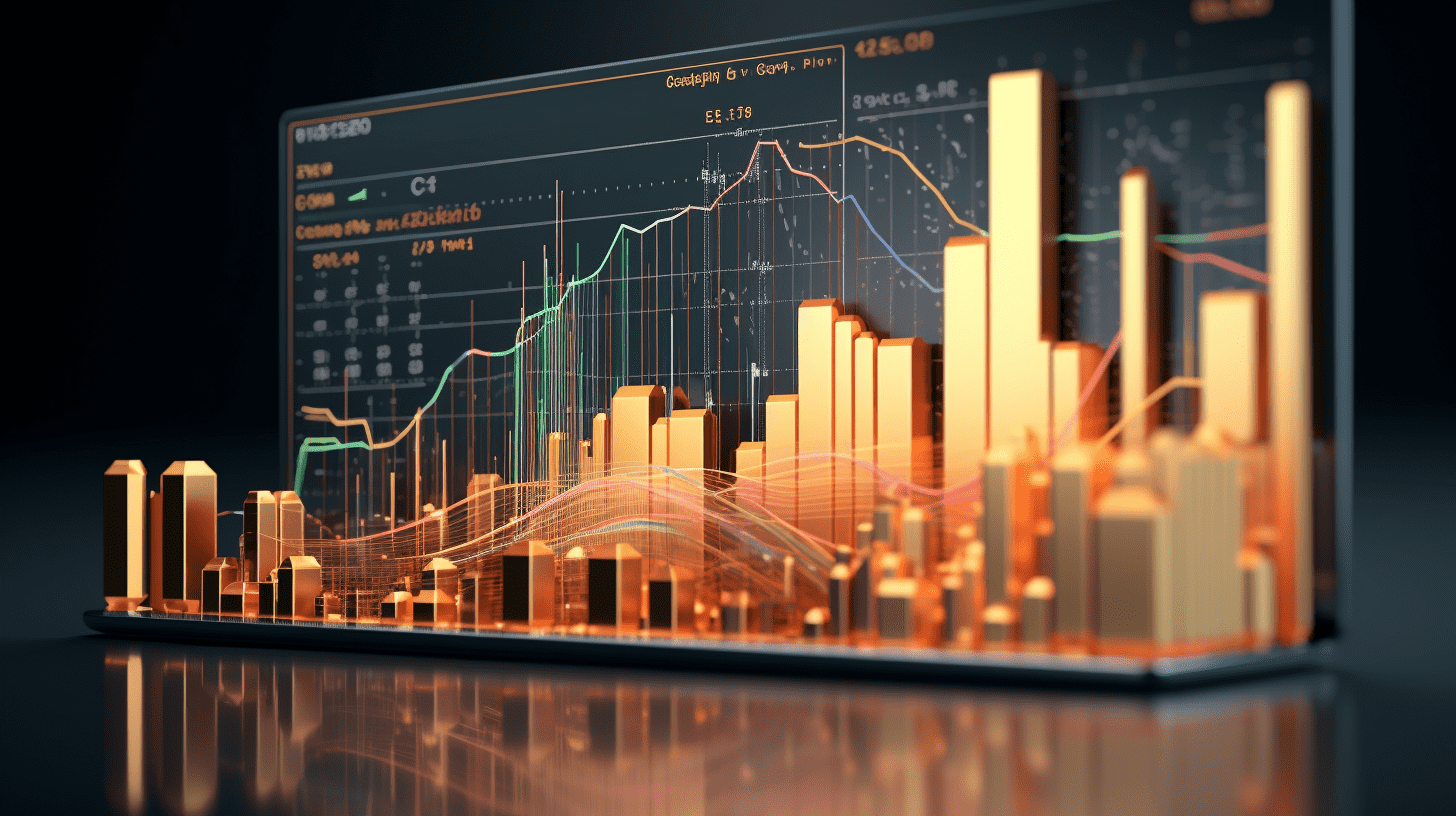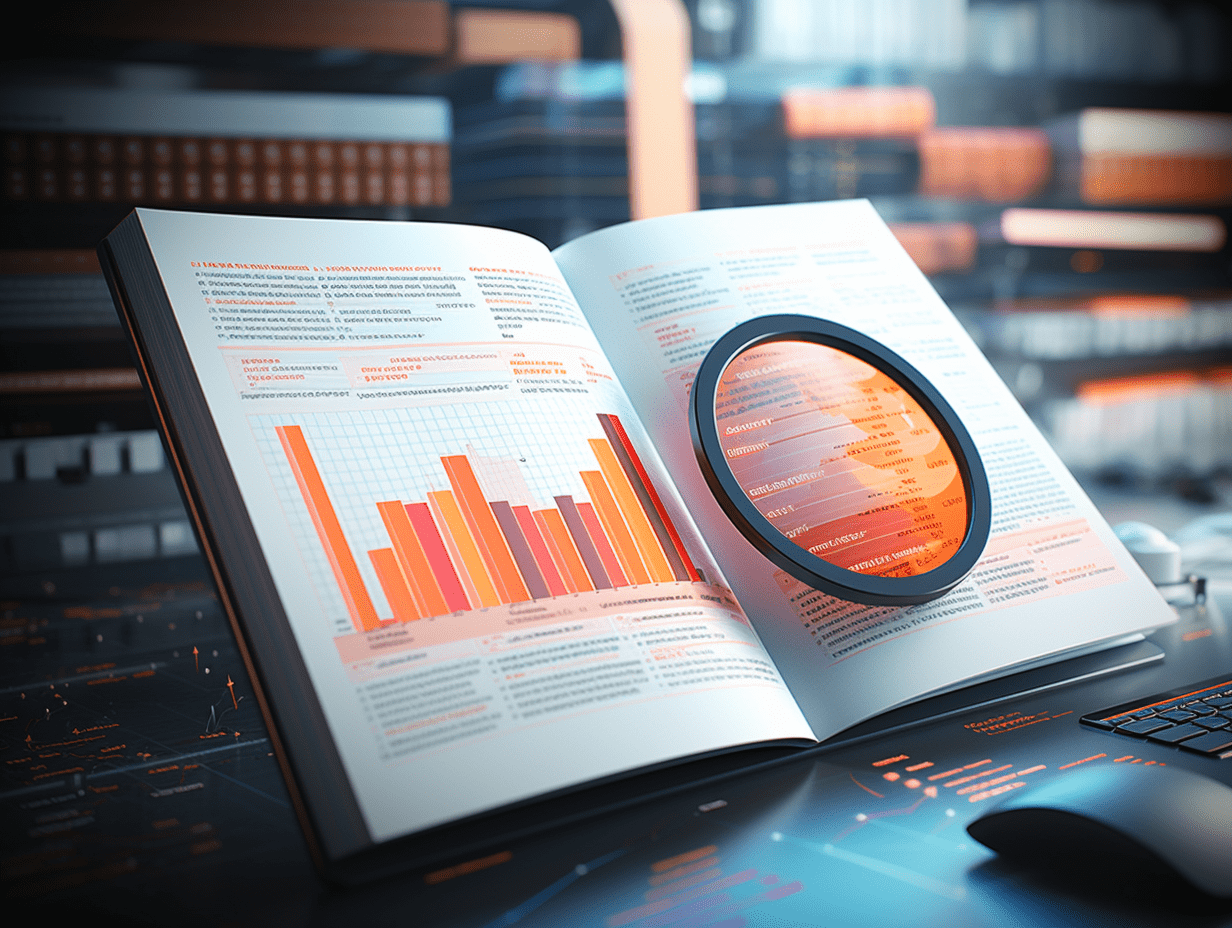
GGII: In 2023, the shipment volume of China Power energy storage lithium batteries reached 167GWh, a year-on-year increase of 81.5%.
On March 1st, according to GGII statistics, the shipment volume of CHINA POWER energy storage lithium batteries reached 167GWh in 2023, an increase of 81.5% compared to the previous year. Among them, the trend of large-scale power energy storage battery cells is obvious, with a penetration rate of over 80% for 280Ah square batteries in power energy storage projects in 2023, and over 30 models of large capacity cells with over 300Ah have been released. Companies like Eve Energy Co., Ltd. and Haichen Energy have further introduced 500Ah+ cells, which will be mass-produced in 2024-2025. The iteration speed of the development and production of large battery cells in the future will be faster compared to the application of 280Ah cells.
With the continuous mass production of 300Ah+ cells, large capacity battery cells will be first applied in power energy storage and commercial energy storage. Overseas, due to fewer certifications and project applications, the penetration speed will be slower than in China. Due to reasons such as technological maturity and capacity construction, the 280Ah cells will still dominate the large storage market in 2024.
In 2023, the ranking of the top 5 companies in the industry is relatively stable, with Farasis Power and CALB moving up in the rankings. Lanjun New Energy entered the top 10 list for the first time. The concentration of the lithium battery industry for power energy storage continued to increase in 2023, with the top 10 companies accounting for over 95% of the market share.
Furthermore, the power energy storage market in 2023 showed a dual drive feature of "domestic + overseas".
Domestically, the shipment volume, bidding volume, and grid-connected capacity of power energy storage all reached record highs in 2023. According to GGII statistics, from January to December 2023, the cumulative bidding of source-side energy storage systems and EPC reached 88.01GWh, with the bidding scale in November hitting a new high for the year at 16.67GWh.
In terms of bidding requirements from end-user owners in 2023, integrated enterprises with the capability to independently manufacture battery cells or 3S (BMS/PCS/EMS) have a more obvious competitive advantage. Some owners explicitly prefer top brand battery cells like Contemporary Amperex Technology and Eve Energy Co., Ltd.
In 2023, due to the rapid decline in battery cell prices, downstream integrators decoupled their delivery prices from lithium carbonate, shifting from mainly agreement prices in the first half of the year to market prices in the second half. In the domestic bidding market, downstream customers focus more on channels and price factors, while overseas markets prioritize the company's technology, brand, and long-term operation capabilities. Top companies had frequent overseas transactions in 2023, with Contemporary Amperex Technology, Eve Energy Co., Ltd., and REPT BATTERO signing overseas orders of 16GWh+. On the other hand, BYD Company Limited drove its overseas battery cell shipments through the global shipment of its energy storage system products.
GGII predicts that new lithium battery production capacity in the U.S. will gradually reach over 350GWh after 2025, but issues related to upstream critical raw material extraction and refining may become limiting factors for the long-term development of the supply chain. In the short term, as domestic production capacity in the U.S. cannot meet the rapidly growing demand for batteries, Chinese lithium battery companies will continue to be the main suppliers.
China Automobile Dealers Association: In February, the inventory warning index for Chinese automobile dealers was 64.1%, a year-on-year increase of 6 percentage points.
Cui Dongshu: Policy driving promotes the continuous strengthening of plug-in hybrid vehicles. It is expected that the growth in demand for electric vehicle batteries will continue to be slower than the overall increase in vehicle sales.
RECOMMEND
©️2013 - 2025 GMT EIGHT Holdings. All Rights Reserved.
Contact: contact@gmteight.com


